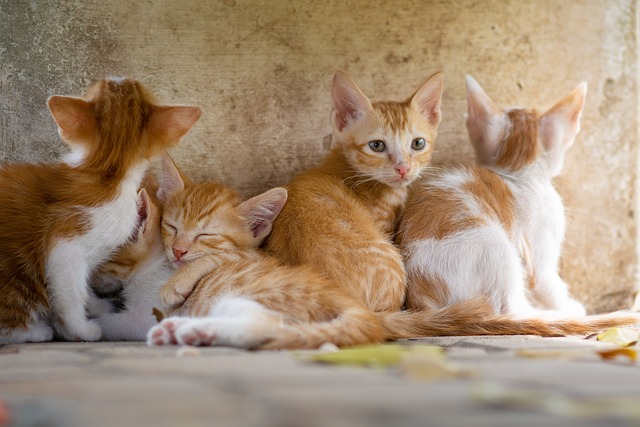How to Introduce a New Cat to Another Cat: A Step-by-Step Guide

Bringing a new cat into a home with an existing cat can be both exciting and challenging. Cats are territorial animals, and introducing them too quickly can lead to stress, aggression, or long-term conflicts. A slow and controlled introduction process is key to ensuring a peaceful relationship between your feline companions.
In this guide, we’ll walk you through the best practices for introducing a new cat to another cat, along with FAQs and a conclusion to help you succeed.

Step-by-Step Guide to Introducing Cats
1. Prepare a Separate Space for the New Cat
Before bringing the new cat home, set up a separate room with essentials:
- Food and water bowls
- Litter box
- Bedding and hiding spots
- Toys and scratching posts
This allows the new cat to adjust to the environment without direct interaction with the resident cat.
2. Scent Exchange
Cats rely heavily on scent to recognize each other. To help them get familiar:
- Rub a towel on one cat and place it near the other cat’s food or sleeping area.
- Switch their bedding after a few days.
- Use a synthetic pheromone spray (like Feliway) to reduce stress.
3. Controlled Visual Introduction
After a few days, allow the cats to see each other without physical contact:
- Use a baby gate or cracked door.
- Feed them on opposite sides of the door to create positive associations.
- Gradually increase their exposure while monitoring their reactions.
4. Supervised Face-to-Face Meetings
Once they seem comfortable, allow short, supervised interactions:
- Keep initial meetings brief (5–10 minutes).
- Reward calm behavior with treats or playtime.
- Separate them if there’s hissing, growling, or aggression.
5. Gradually Increase Interaction Time
As they become more comfortable:
- Extend their time together.
- Provide multiple litter boxes, food stations, and hiding spots.
- Continue positive reinforcement with treats and praise.
6. Monitor Long-Term Behavior
Even after successful introductions, watch for signs of tension:
- Blocking access to resources
- Stalking or aggressive posturing
- Excessive hiding or avoidance
If conflicts persist, consult a veterinarian or feline behaviorist.
FAQs About Introducing Cats
Q1: How long does it take for cats to get used to each other?
A: It varies—some cats adjust within a week, while others may take weeks or even months. Patience is key.
Q2: What if my cats fight during the introduction?
A: Separate them immediately and go back to earlier steps (scent swapping, visual introductions). Never punish them—this increases stress.
Q3: Should I let my cats “work it out” on their own?
A: No—uncontrolled aggression can lead to long-term hostility. Always supervise and intervene if needed.
Q4: Can age or gender affect introductions?
A: Yes. Kittens often adapt more easily, while adult cats may be more territorial. Gender matters less than personality.
Q5: What are signs that the introduction is going well?
A: Positive signs include:
- Curiosity without aggression
- Playful interactions
- Relaxed body language (ears forward, tail up)
Q6: Will my cats ever become best friends?
A: Some cats form close bonds, while others simply tolerate each other. Both outcomes are normal.
Conclusion
Introducing a new cat to another cat requires patience, preparation, and a gradual approach. By following scent exchange, controlled meetings, and positive reinforcement, you can help your cats build a peaceful relationship.
Remember, every cat is different—some may adjust quickly, while others need more time. Stay calm, avoid forcing interactions, and seek professional advice if needed. With the right approach, your cats can coexist happily in their shared home.



